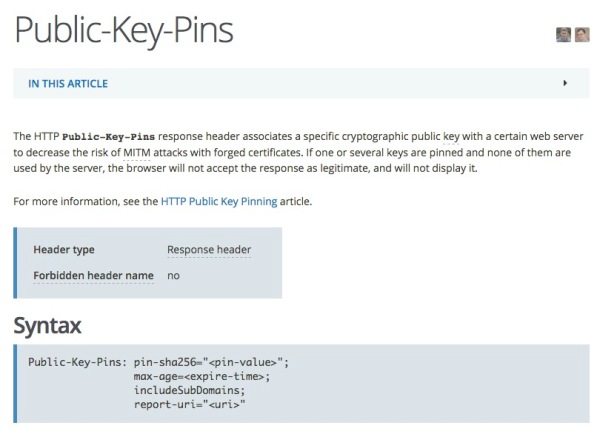This is a bit of an ancient feature, but one I hadn't touched for a while. I wanted a domain cookie in my deployment, I had a Virtual Host and a standard host. host1.example.comhost2.example.com (A virtual Host). And I was struggling to get the login process (via AAC and the identifier first authentication) on the... Continue Reading →
Simpler ISAM Authentication Service URLs
This article is no longer necessary, thanks to OOTB behavior available in ISAM 9.0.6 and later. See details here. In order to clean up the instantiation URLs generated by the authentication service, you can use a ISAM HTTP transformation rule. I've just completed two examples of this. Remove PolicyId static prefix: No static Prefix This... Continue Reading →
ISAM – Redirect on Logout or show login page on logout
A simple post here - a quick guide on how you redirect to a specific url after logging out. In the ISAM reverse proxy, you can make use of the operation based Local Response Redirect, to send you to a specific location once you have logged out. To enable this, enable local response redirect, #--------------------------... Continue Reading →
HTTP Public Key Pinning Header with ISAM and WebSEAL
HTTP Public Key Pinning is a header that allows you to pin a certificate to a host, consider it the next step after HSTS ISAM for Web & Sending Security HTTP Headers the solution isn't any different to send the header with WebSEAL. The HTTP Public-Key-Pins response header associates a specific cryptographic public key with... Continue Reading →
OAuth Auth – Credential Enrichment and HTTP Header Sending
If you wanted to add HTTP Headers to the junctioned request, similar to how the old OAuth EAS used to. For example sending the Client ID, or the Token details as HTTP headers, there is an easy way to do this from the OAuth Mapping rule. Here I am not only adding things like the... Continue Reading →
ISAM create a new OTP Mechanism
I wanted to make a new OTP Mechanism that was called by a JavaScript REST call - that wasn't the SMS mechanism in the box. In this example - I tested it with Boxcar - an iOS App that lets you send Push notifications with a simple REST call. To add a custom mechanism to... Continue Reading →
Get Headers and Cookies in JavaScript InfoMap Mechanism
In a previous post, I shared a way to get headers in OTP mapping rules and in the AuthSvcCred Mapping rules. Since the infomap module is a little bit different, I have included an example of how you can do it there: Here is the output into my MACRO for easy debugging: User-Agent: Mozilla/5.0 (Macintosh;... Continue Reading →
Password Reset with ISAM User Self Care
In ISAM 9.0.2, we released native appliance based capabilities to perform User Self Care Operations with ISAM. The user self care operations are built using the authentication service which means operations are modular, can easily be reordered or customised to suite your flow. Out of the box, there are three USC operations included: USC Account... Continue Reading →
ISAM Basic Users (aka Lite Users) vs Federated ISAM users
ISAM introduced the concept of non-imported users which we named Basic users, or lite users depending on who you ask, back in 2014 with version 8.0.0.4. I still regularly receive a bunch of questions as to what this means from an architectural perspective, and most importantly, what are the advantages and disadvantages to this new... Continue Reading →
ISAM OAuth – Get credential attributes during an Authorization Code Flow
When performing an Authorization Code flow, or when performing an Implicit Grant flow, it may be necessary to get attributes out of the ISAM Session credential, and store them with your OAuth tokens. This is a quick guide to show how this can be done: Identify the request in the mapping rule Requests passing through... Continue Reading →
ISAM Advanced Access Control – HTML Email template
In ISAM 9.0.1 it's possible to use a rich text email template for Email One Time Passwords. There is a knack to setting it up though, you need to add the HTML to the XML template file using CDATA tags like the example below:
Commonly Overlooked ISAM Settings for production deployments
The ISAM Reverse Proxy has a wealth of settings that can be configured. This means that almost every deployment situation can be catered for, but also means that its easy to overlook some settings that may give you grief. In this post, I've decided to capture some of the more important ones to help you... Continue Reading →
Set an authentication level for an Authentication Service Mechanism
Have been trying to setup an authentication service Mechanism to return a specific Authentication level into WebSEAL, and initially had some trouble, here is what you need to do: The important part are these lines: if (policyID.equals("urn:ibm:security:authentication:asf:hotp")) { stsuuAttrs.setAttribute(new Attribute("AUTHENTICATION_LEVEL", null, "5")); } Where you specify the policyID, and nominate the appropriate Authentication Level.... Continue Reading →
ISAM Selective use of Local Response Redirect
In ISAM using the Local Response Redirect capability has traditionally been overkill when using it for an EAI for a login operation. The reason being, almost any error or management page that is traditionally handled by ISAM now gets redirected to your EAI. Including Login operations, Logout page, Stepup and other authentication related operations. It... Continue Reading →
OAuth Auth ISAM authentication level mapping
ISAM provides the concept of Authentication Levels out of the box. This means a given authentication mechanism or flow can be assigned an integer value >0 that represents the authentication strength. OAuth Auth can make use of this for features such as incremental authentication - for example if the OAuth grant was issued via single... Continue Reading →













